The Cold War Museum in Lithuania has recently surpassed 500,000 annual visitors, a milestone that has drawn international attention. Located in a former Soviet missile base near the capital city of Vilnius, the museum has transformed from a relic of the past into a thriving cultural attraction. Its unexpected popularity raises questions about why this once-obscure site has captured the imagination of so many people from around the world.
A Unique Historical Experience
Unlike traditional museums that display artifacts behind glass, the Cold War Museum offers an immersive journey into a tense period of global history. Visitors descend into underground bunkers, walk through dimly lit tunnels, and stand beside decommissioned nuclear missiles. The authenticity of the location—once a top-secret military installation—creates an atmosphere that textbooks or documentaries cannot replicate. For many, the experience is not just educational but deeply emotional, as they confront the realities of a time when the threat of nuclear war loomed large.
The museum’s curators have carefully preserved the site’s original features, from the peeling propaganda posters to the vintage communications equipment. This attention to detail allows visitors to step back in time and gain a visceral understanding of Cold War-era tensions. The decision to keep the facility largely untouched, rather than modernizing it, has proven to be a key factor in its appeal. People are not just learning about history—they are walking through it.
The Power of Nostalgia and Curiosity
Another reason for the museum’s success lies in the growing fascination with 20th-century history, particularly among younger generations who did not live through the Cold War. For them, the era is both alien and intriguing, a distant yet consequential chapter that shaped the modern world. The museum satisfies a hunger for firsthand experiences of the past, offering a tangible connection to events that many have only read about.
At the same time, older visitors who remember the Cold War are drawn to the museum for its nostalgic value. For those who grew up under the shadow of nuclear drills and geopolitical standoffs, the site serves as a powerful reminder of a bygone era. The museum does not shy away from the darker aspects of this history, but it also provides a space for reflection and reconciliation, making it relevant to people of all ages.
Strategic Location and Global Relevance
Lithuania’s own history as a former Soviet republic adds another layer of significance to the museum. The country’s struggle for independence and its subsequent integration into NATO and the European Union make it a symbolic location for a Cold War museum. Visitors from neighboring Eastern European countries, many of which share similar histories, often come to the museum to better understand their own past.
But the museum’s appeal is not limited to Europeans. Tourists from the United States, Asia, and beyond have also flocked to the site, reflecting the global nature of the Cold War’s legacy. In an era of renewed geopolitical tensions, the museum serves as a timely reminder of the dangers of ideological division and military escalation. Its message resonates far beyond Lithuania’s borders, making it a destination with universal relevance.
Innovative Storytelling and Engagement
The museum’s success is also a testament to its innovative approach to storytelling. Rather than relying solely on static exhibits, it incorporates multimedia installations, guided tours with veteran eyewitnesses, and even interactive simulations. Visitors can sit in a recreated command center, listen to declassified audio recordings, or participate in discussions about the ethical dilemmas of the nuclear age.
This dynamic approach keeps the museum from feeling like a stale history lesson. Instead, it becomes a living, evolving space where the past feels immediate and urgent. By blending education with entertainment, the museum has managed to attract a diverse audience, from school groups to history buffs to casual tourists.
A Symbol of Resilience and Hope
Ultimately, the Cold War Museum’s popularity may stem from something deeper than its historical or educational value. In a world still grappling with conflict and uncertainty, the museum stands as a testament to humanity’s ability to endure and overcome. The very fact that a place once designed for destruction has been repurposed into a site of learning and reflection sends a powerful message of hope.
As visitor numbers continue to rise, the museum’s influence is likely to grow, both as a cultural landmark and as a reminder of the lessons history can teach us. Its unexpected success proves that even the darkest chapters of the past can be transformed into sources of enlightenment and inspiration.

By Lily Simpson/Apr 7, 2025
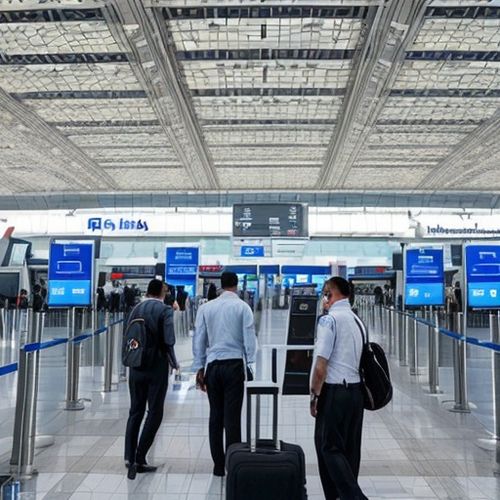
By Samuel Cooper/Apr 7, 2025

By Rebecca Stewart/Apr 7, 2025

By Sarah Davis/Apr 7, 2025

By Rebecca Stewart/Apr 7, 2025
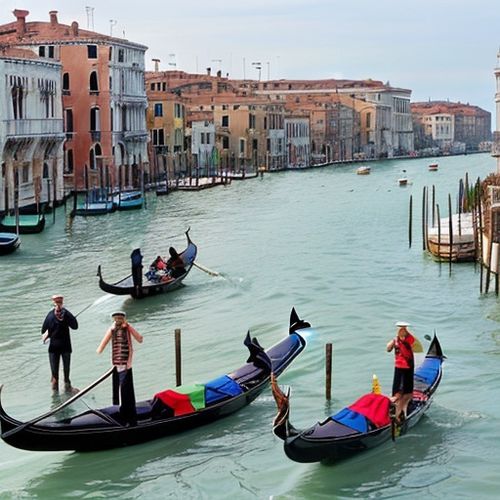
By Amanda Phillips/Apr 7, 2025

By Natalie Campbell/Apr 7, 2025

By Jessica Lee/Apr 7, 2025

By Thomas Roberts/Apr 7, 2025

By Daniel Scott/Apr 7, 2025
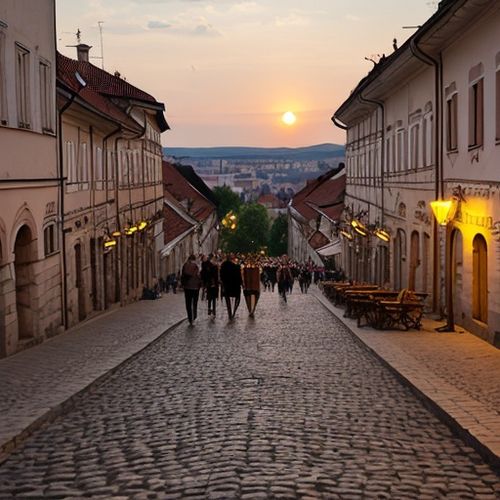
By Emily Johnson/Apr 7, 2025

By Victoria Gonzalez/Apr 7, 2025
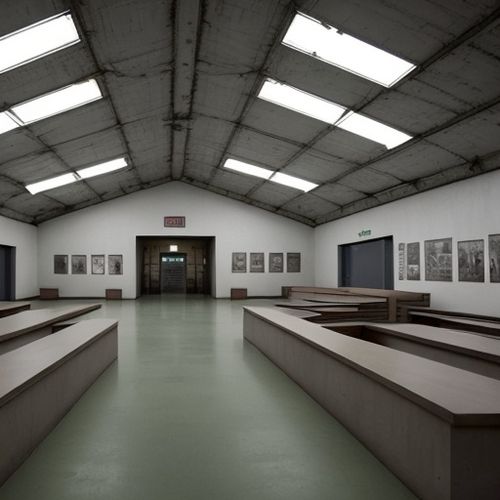
By George Bailey/Apr 7, 2025

By Rebecca Stewart/Apr 7, 2025

By Elizabeth Taylor/Apr 7, 2025

By Thomas Roberts/Apr 7, 2025
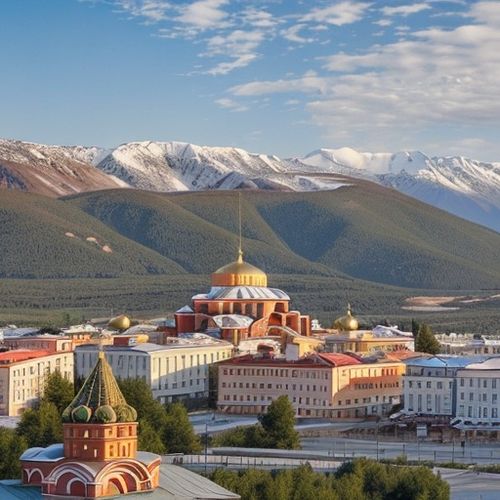
By Lily Simpson/Apr 7, 2025